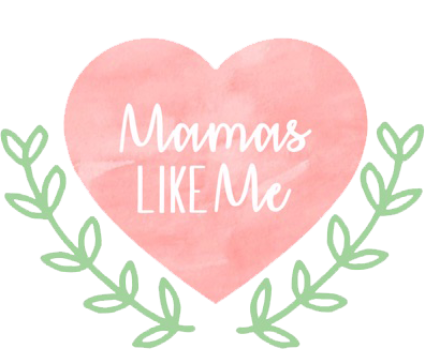As the summer of 2026 approaches faster than you’d expect, there are a few key updates every man should note to stay ahead in the style game. Spring has already shown us a blend of classic colors paired with contemporary silhouettes, elevated by bold and unexpected accessories. This summer continues to embrace a retro-inspired edge, bringing fresh takes on timeless pieces and effortless looks perfect for the hottest months. Get ready— summer fashion is about to get exciting.
Denim jacket is a must
Everyone looking to embrace a timeless, effortlessly cool style will be happy to know that denim jackets are making a big comeback this season. What you should look for is a classic cut in a medium or dark wash to nail that versatile, retro-inspired vibe. A denim jacket works for both day and night — it keeps you looking relaxed while adding just the right amount of edge, and it’s practical if the weather suddenly turns chilly. You can easily style it for the office with tailored trousers for a smart-casual look, or throw it over a simple tee and shorts for laid-back evening outings or beach parties. This is the new cool!
Go for long shorts this season
This summer, it’s all about embracing the comfort and style of long shorts. Perfect for warm weather, long shorts allow you to stay cool while offering a more relaxed, easygoing silhouette. Choose lighter fabrics and breezy cuts for daytime activities, or opt for tailored long shorts for a more polished look. Bright colours like yellow, blue, and green are great for beach days, while neutral tones pair effortlessly with a crisp button-down shirt for a smart, casual vibe. Long shorts give you the versatility to move through summer with style and confidence.
Accessories are everything
Although the trends suggest comfortable looks and an easy-going attitude, the right accessories can completely elevate your outfit. Choose them wisely to add personality and refinement. Green details will be major this year, so consider incorporating jewellery or accent pieces in this fresh shade. A quality leather belt is another must-have — it pairs perfectly with a bomber jacket and short shorts, tying the whole look together. And if you truly want to make a statement, consider investing in timeless pieces rather than seasonal fast fixes; for example, when you buy Rolex watch, you’re choosing an accessory that will outlast trends and complement your style for years to come.
We are so not over knitted vests
This season, knitted vests are taking over in the best possible way. Once a retro staple, they’ve made a huge comeback on runways and in street style, and it’s easy to see why. A classic knitted vest pairs perfectly with a simple T-shirt for an effortless, trendy look, while a crisp button-down shirt underneath adds a polished, elevated touch. Whether you choose neutral tones or bold patterns, a knitted vest is the ideal layering piece to spice up your outfits without sacrificing comfort.
Linen pants go wide
If you’re stuck in the office during the summer months, don’t worry—wide linen pants are here to save the season. Breathable, lightweight, and effortlessly stylish, they keep you cool while giving your outfit a relaxed but refined edge. Opt for natural tones or soft pastels to stay on trend, and pair them with loafers for work or switch to comfy trainers after hours to nail that easy, laid-back summer look.
Summer hats
This summer, staying stylish and protected from the sun starts with the right summer hat. From breezy straw styles to chic wide-brim designs, the season’s trendiest hats combine practicality with undeniable fashion appeal. Opt for neutral shades like beige or soft grey that effortlessly pair with your favourite warm-weather outfits, and you’ll be ready to turn heads wherever you go—while keeping cool under the summer heat.
As summer rolls in, these refreshing trends prove that staying stylish doesn’t have to mean sacrificing comfort. From airy wide linen pants to chic knitted vests and standout summer hats, each piece brings effortless versatility to your warm-weather wardrobe. Embrace the looks that feel most natural to you, mix them with your personal style, and you’ll glide through the season feeling cool, confident, and fashion-forward.









